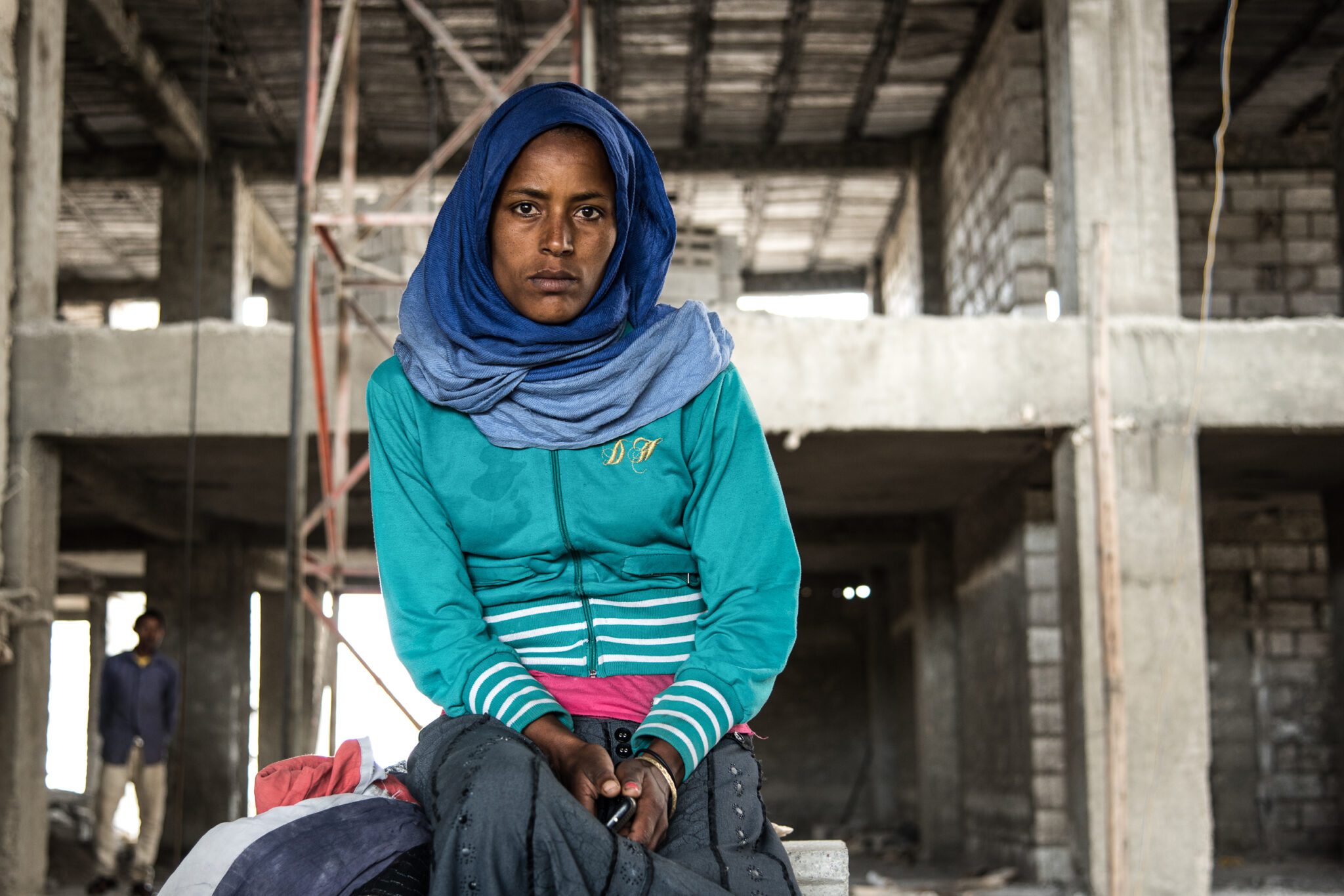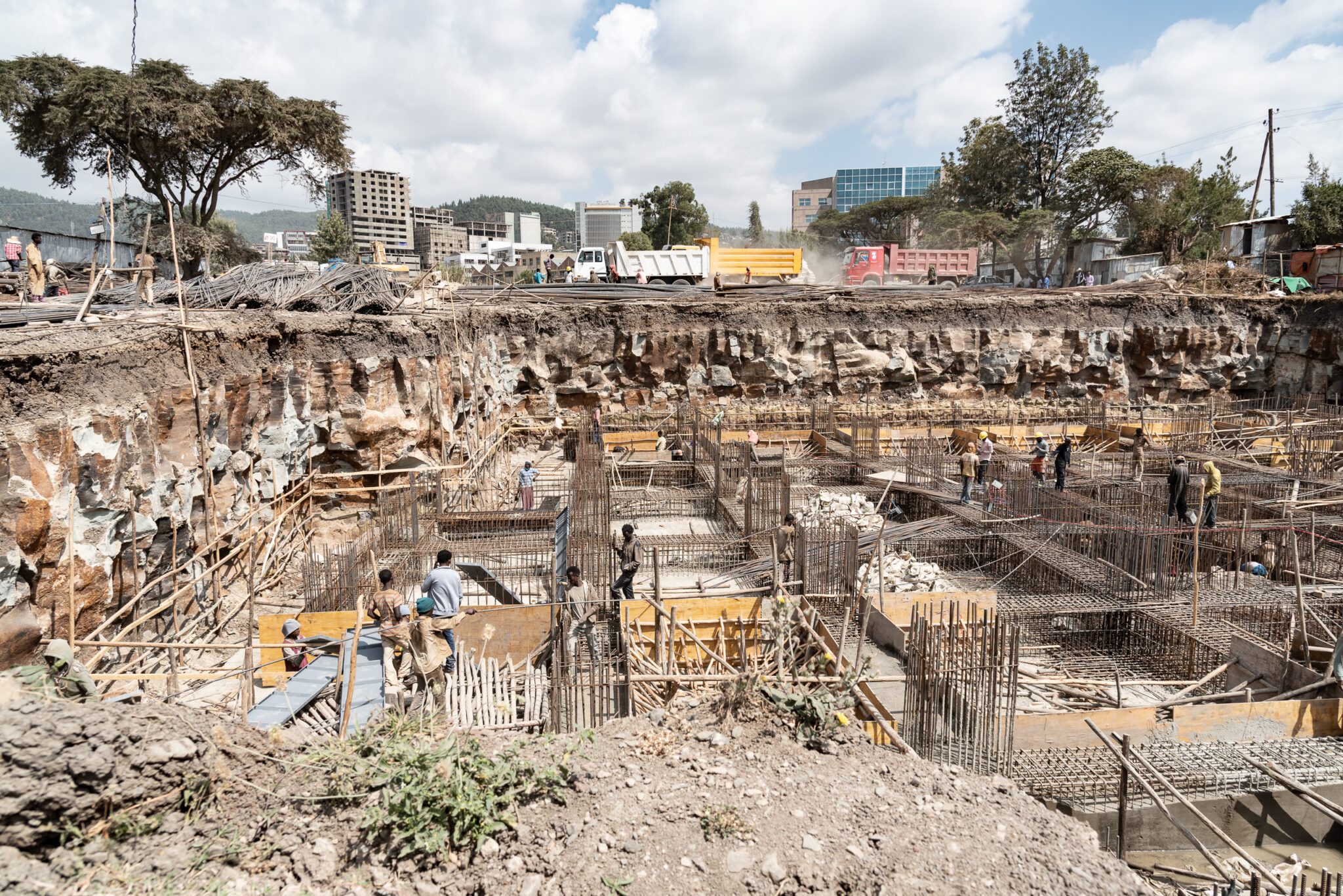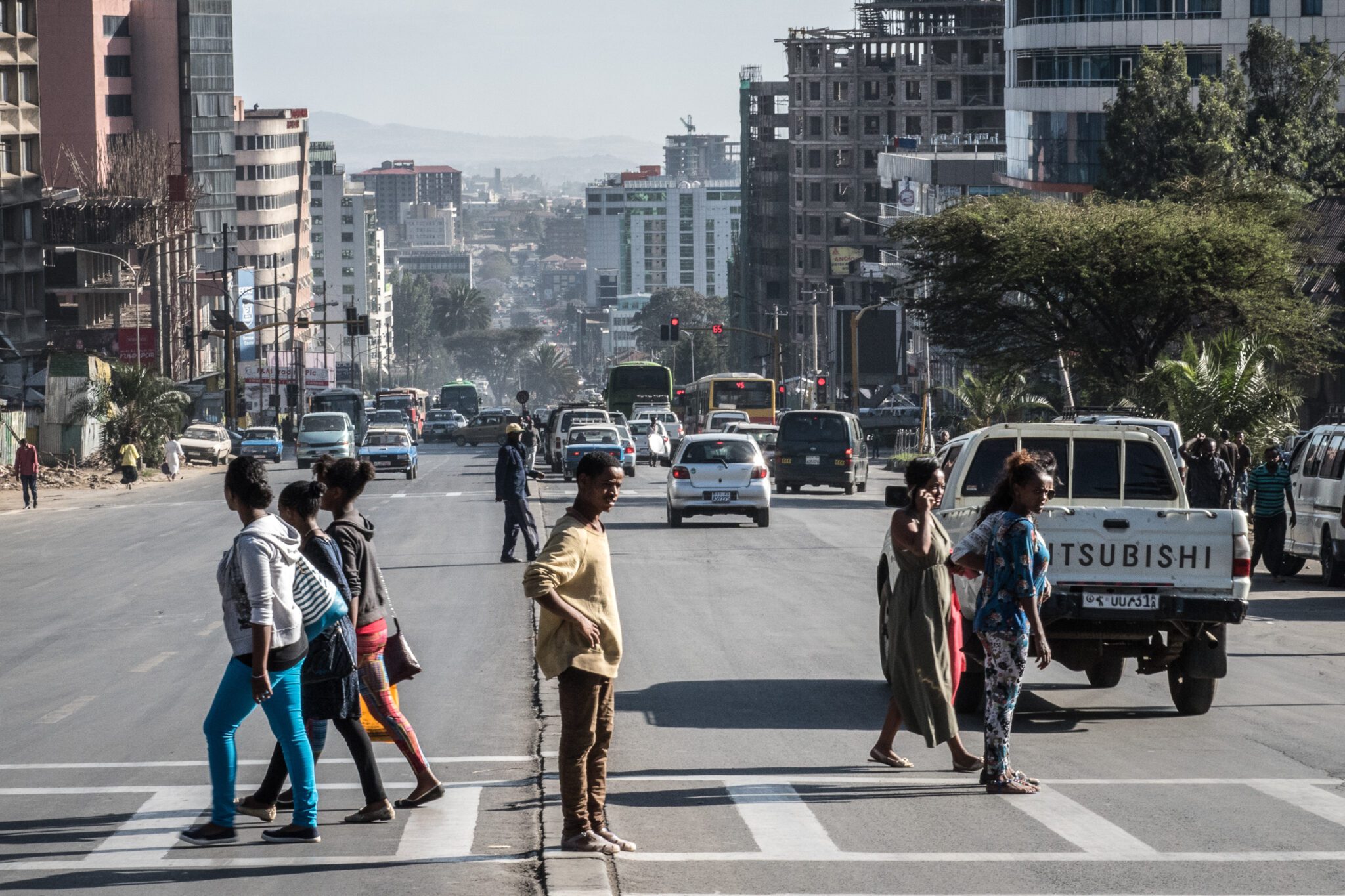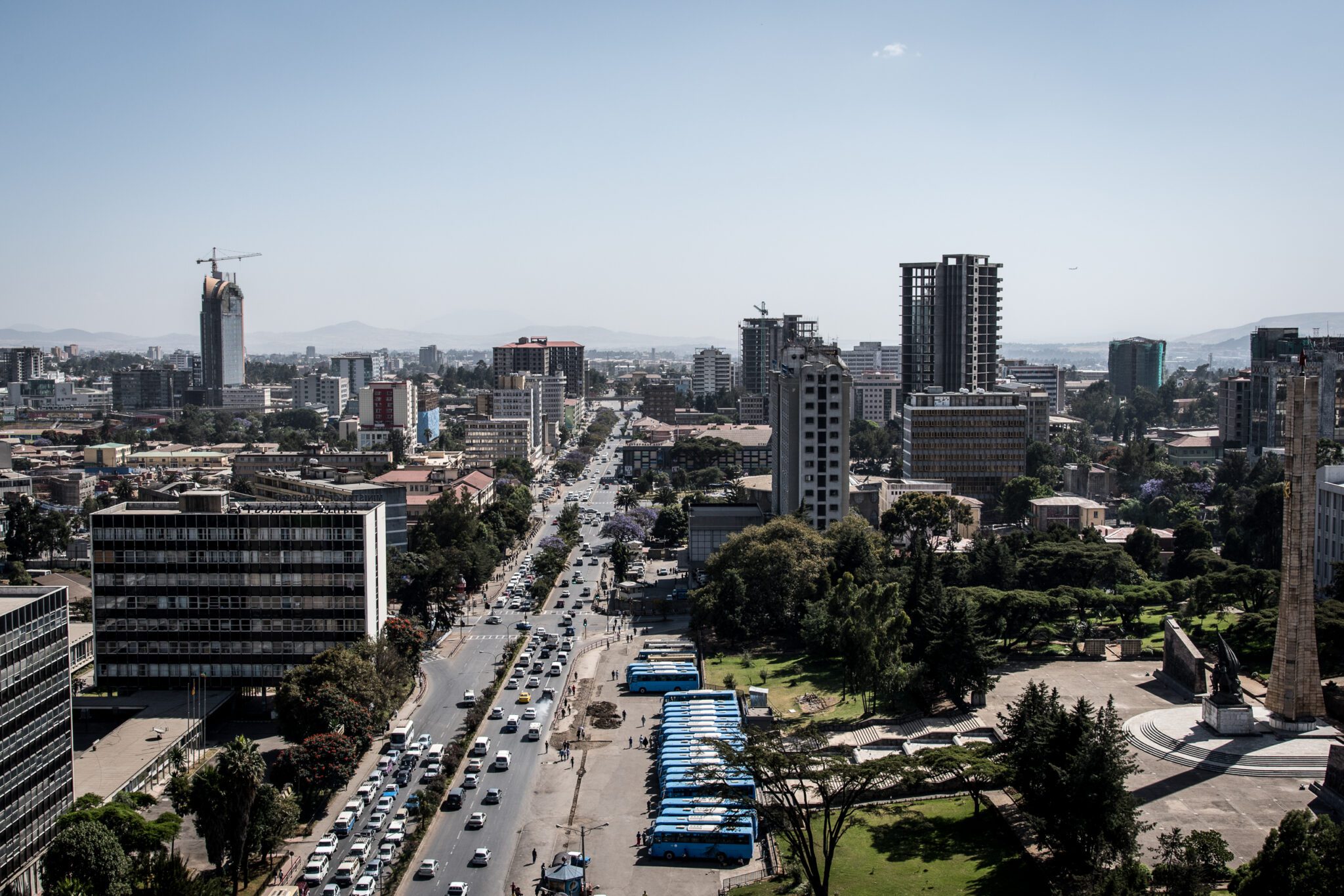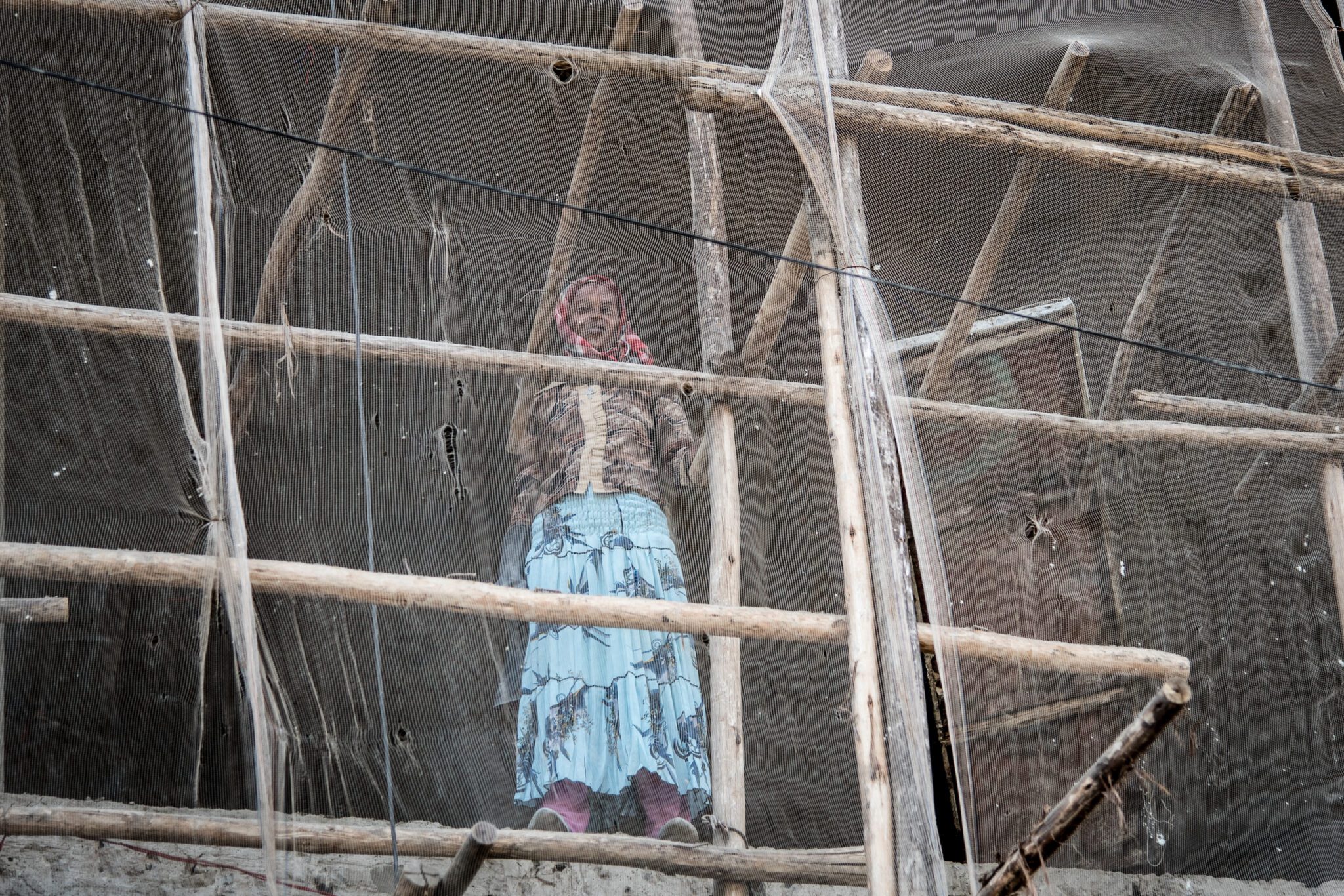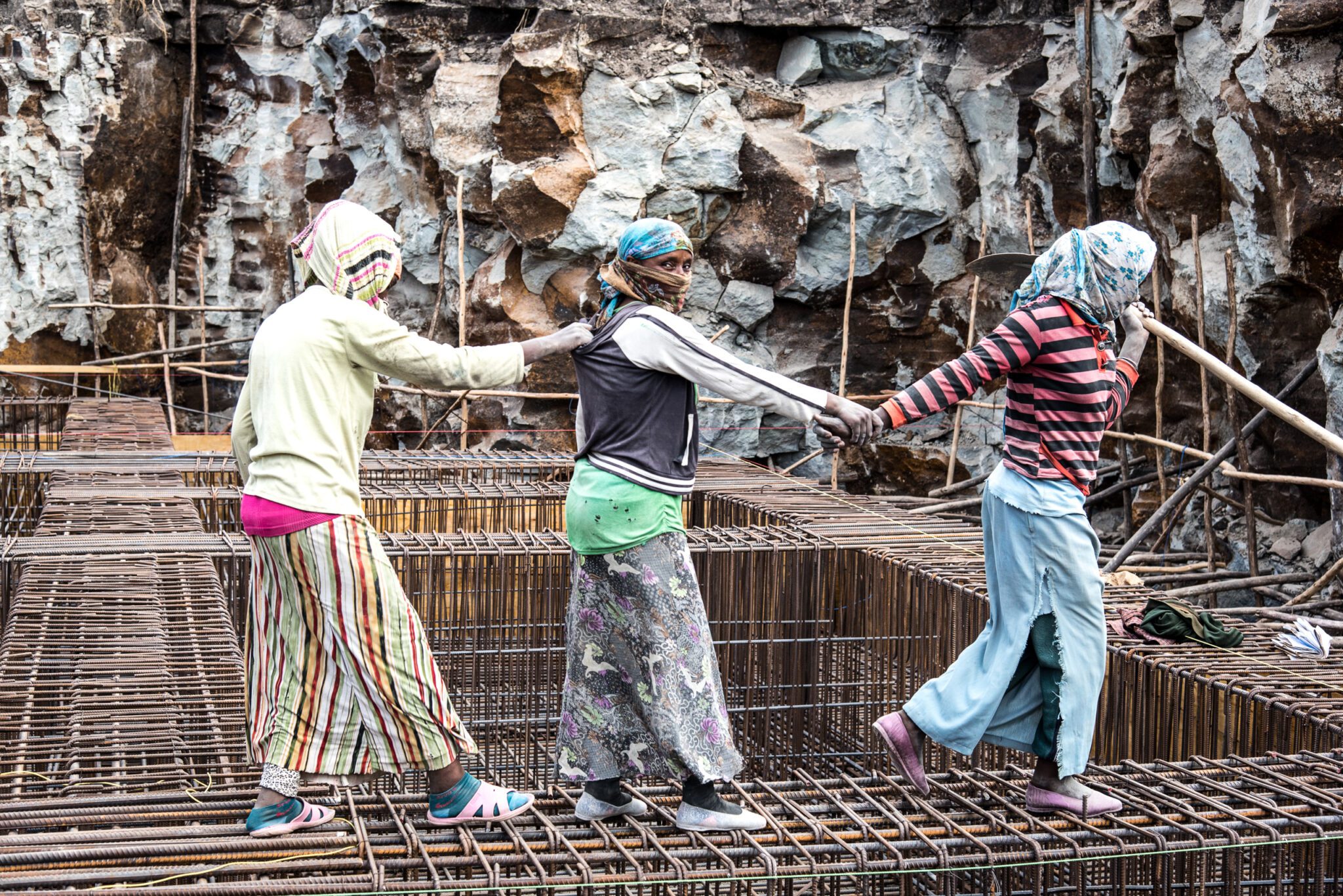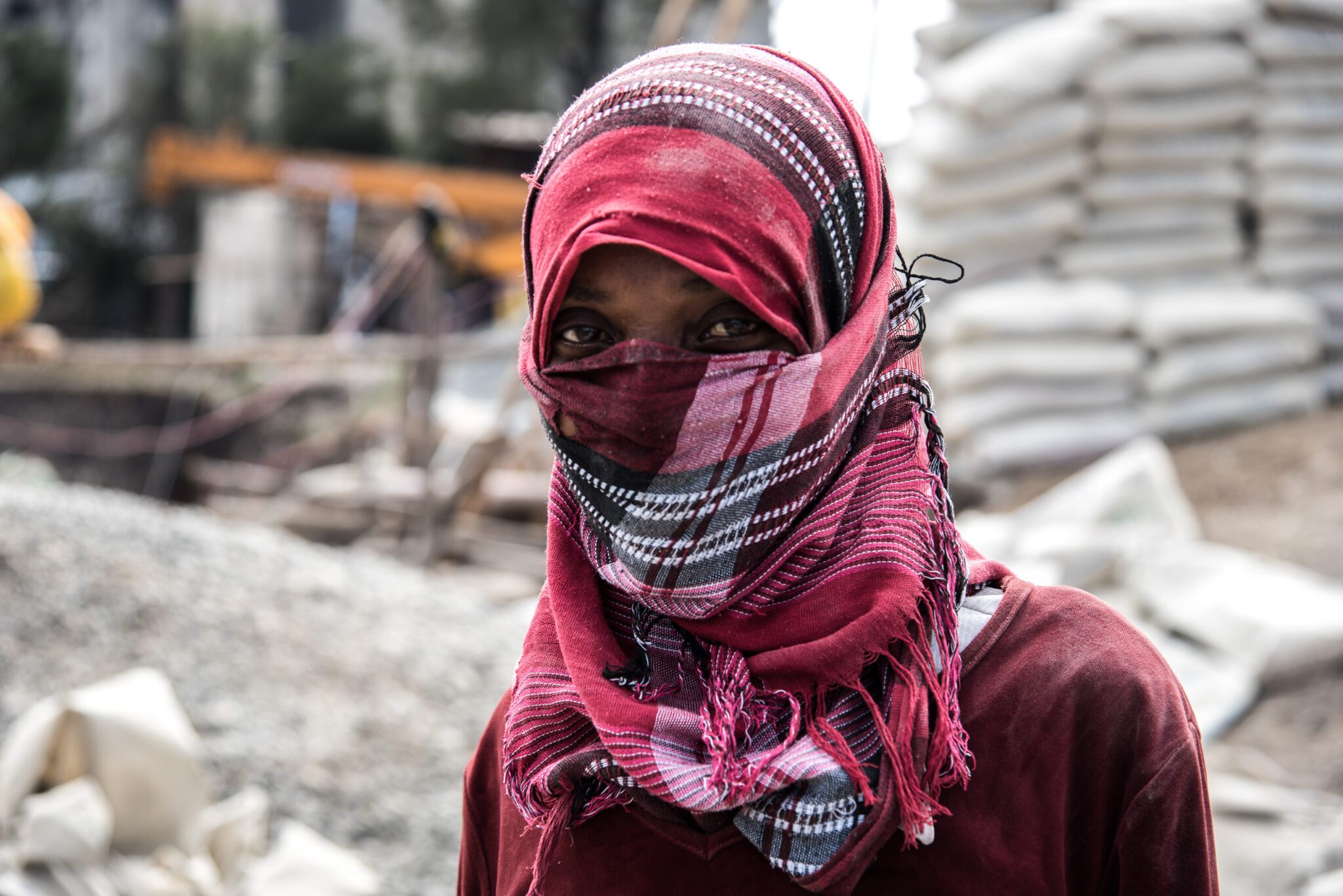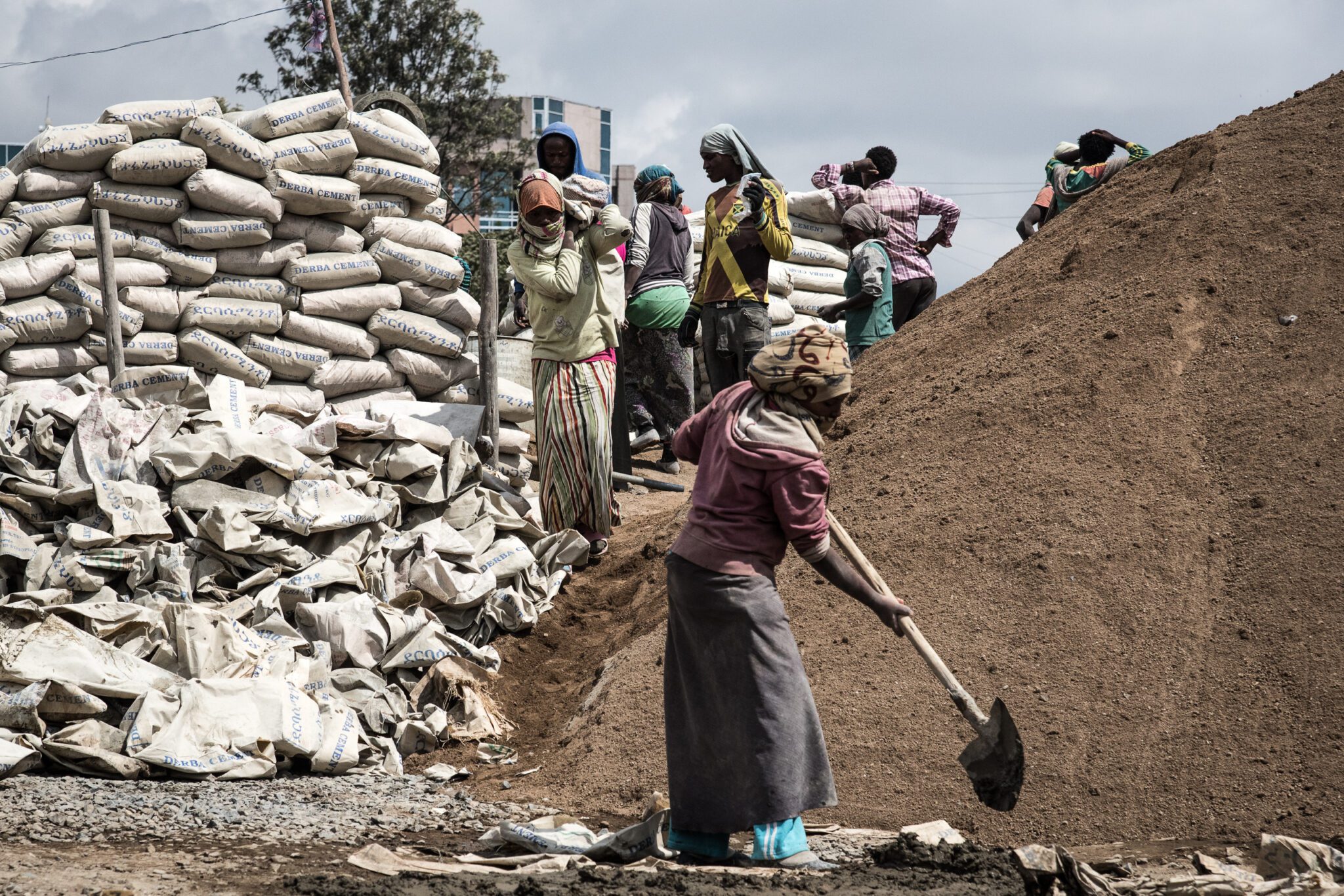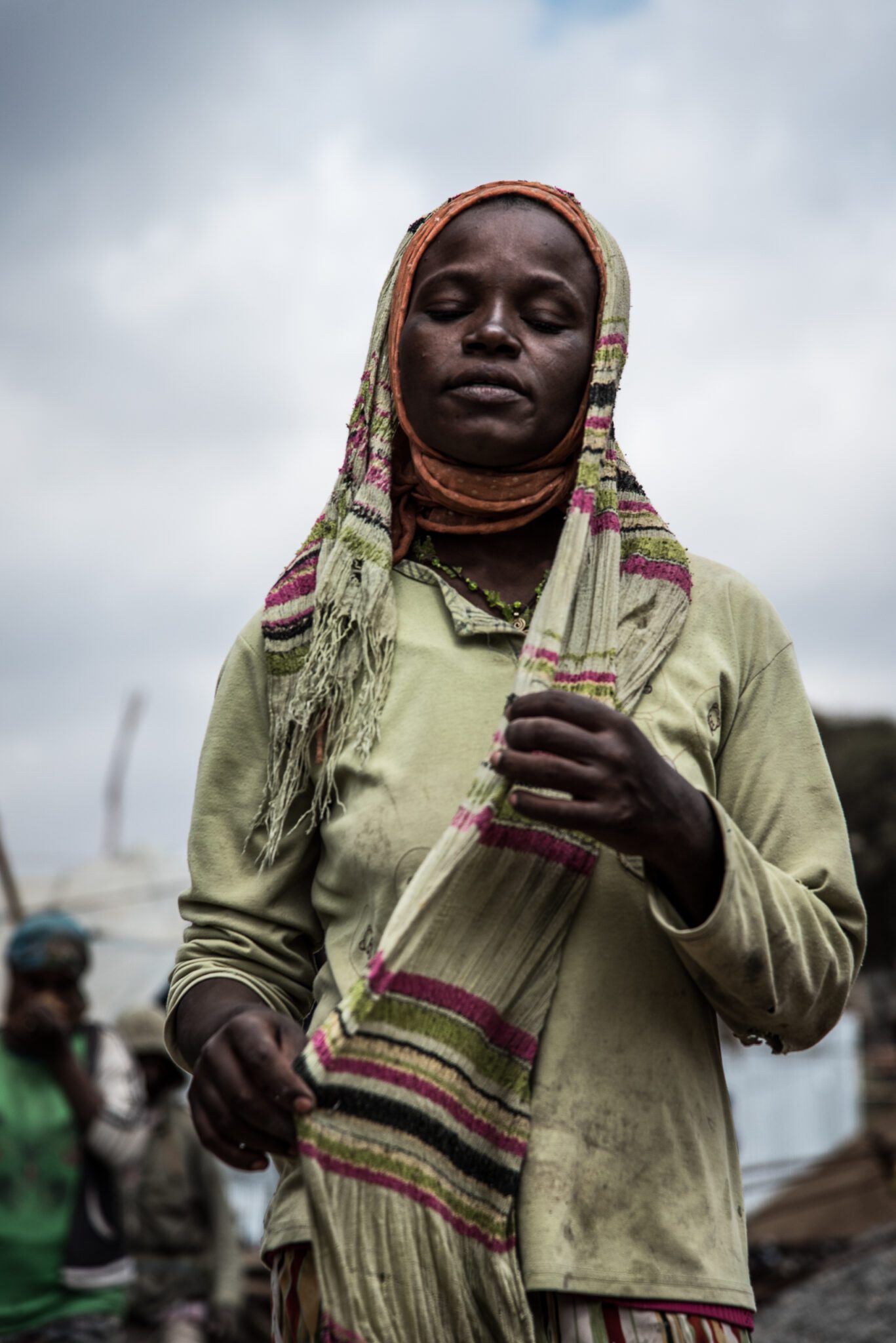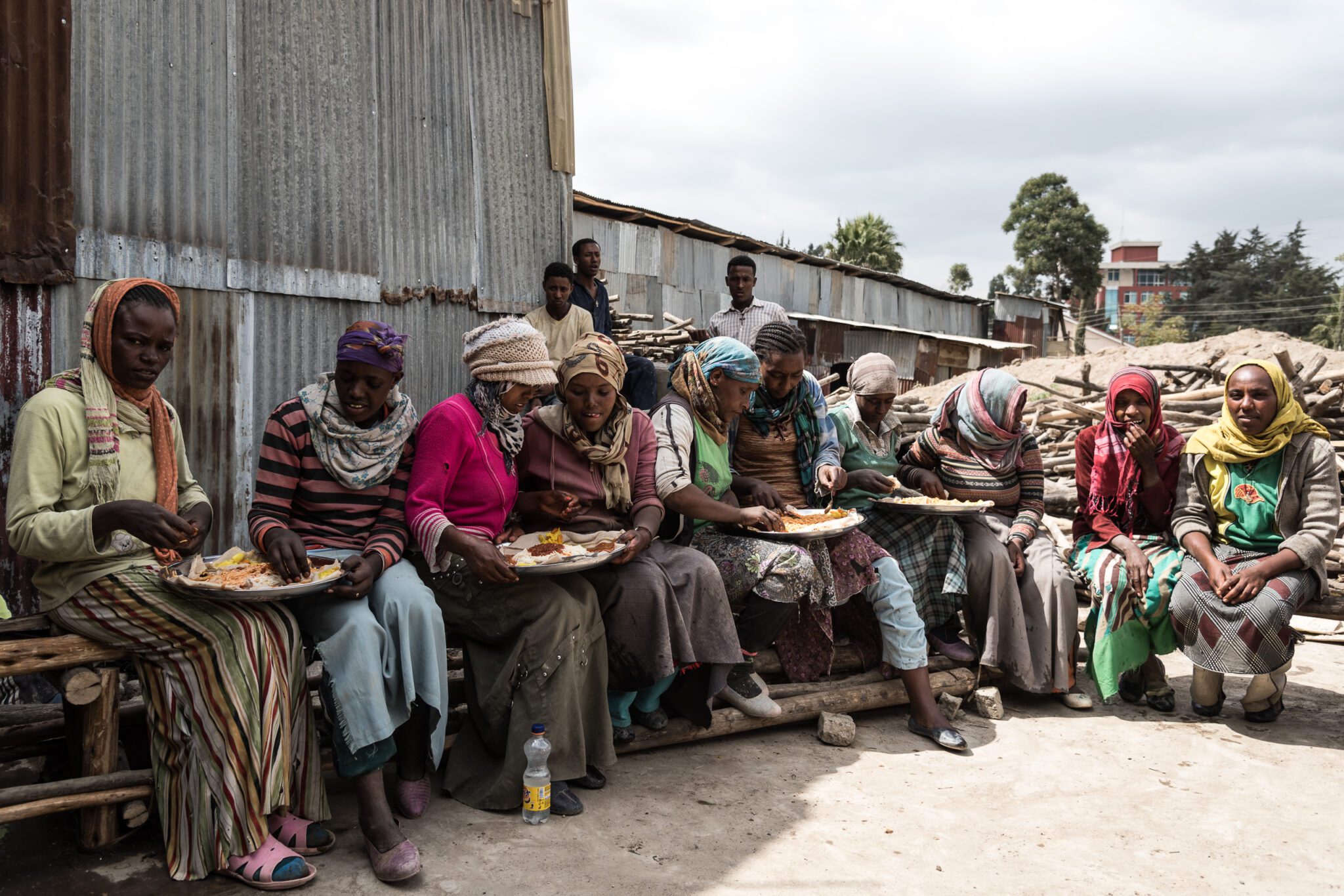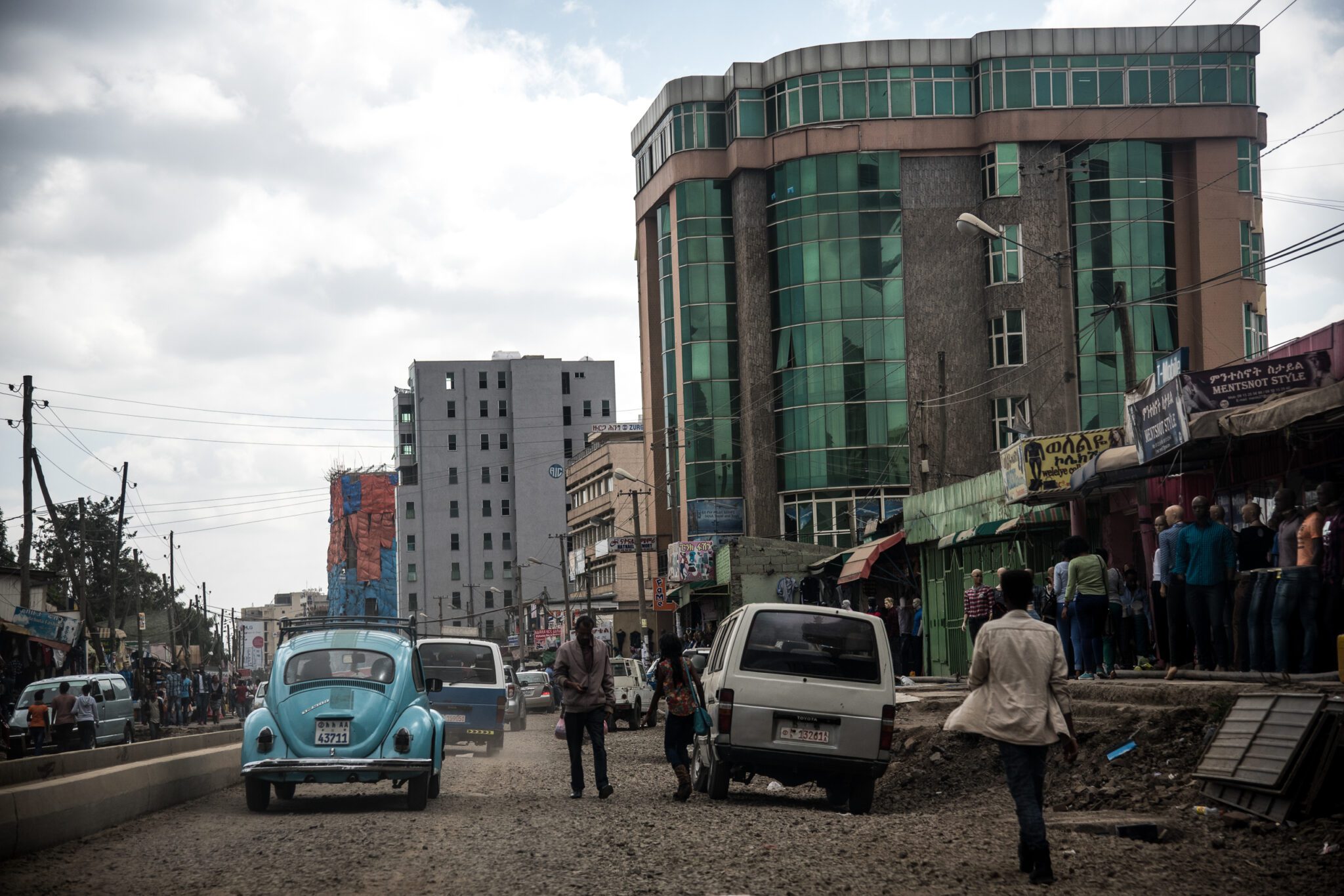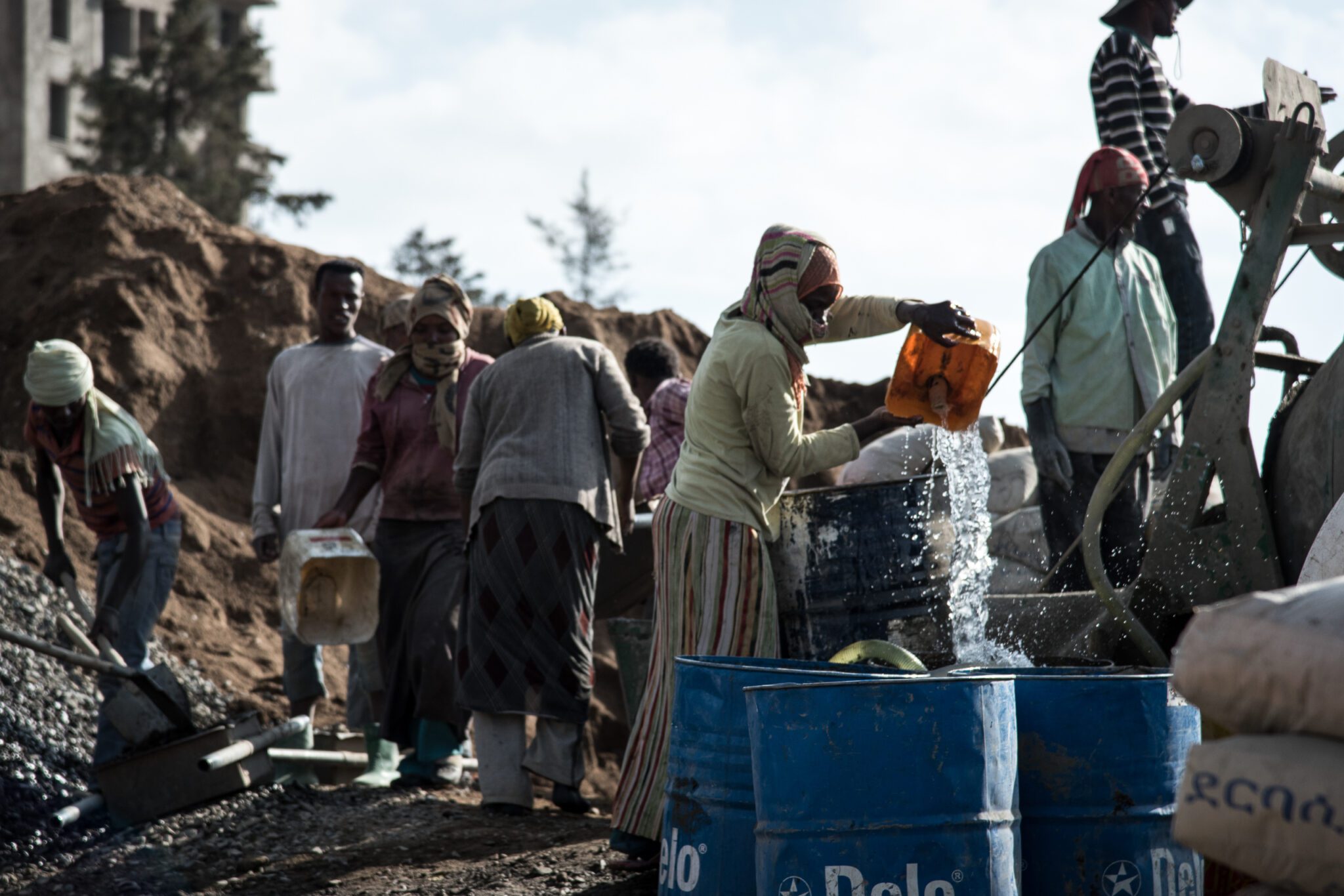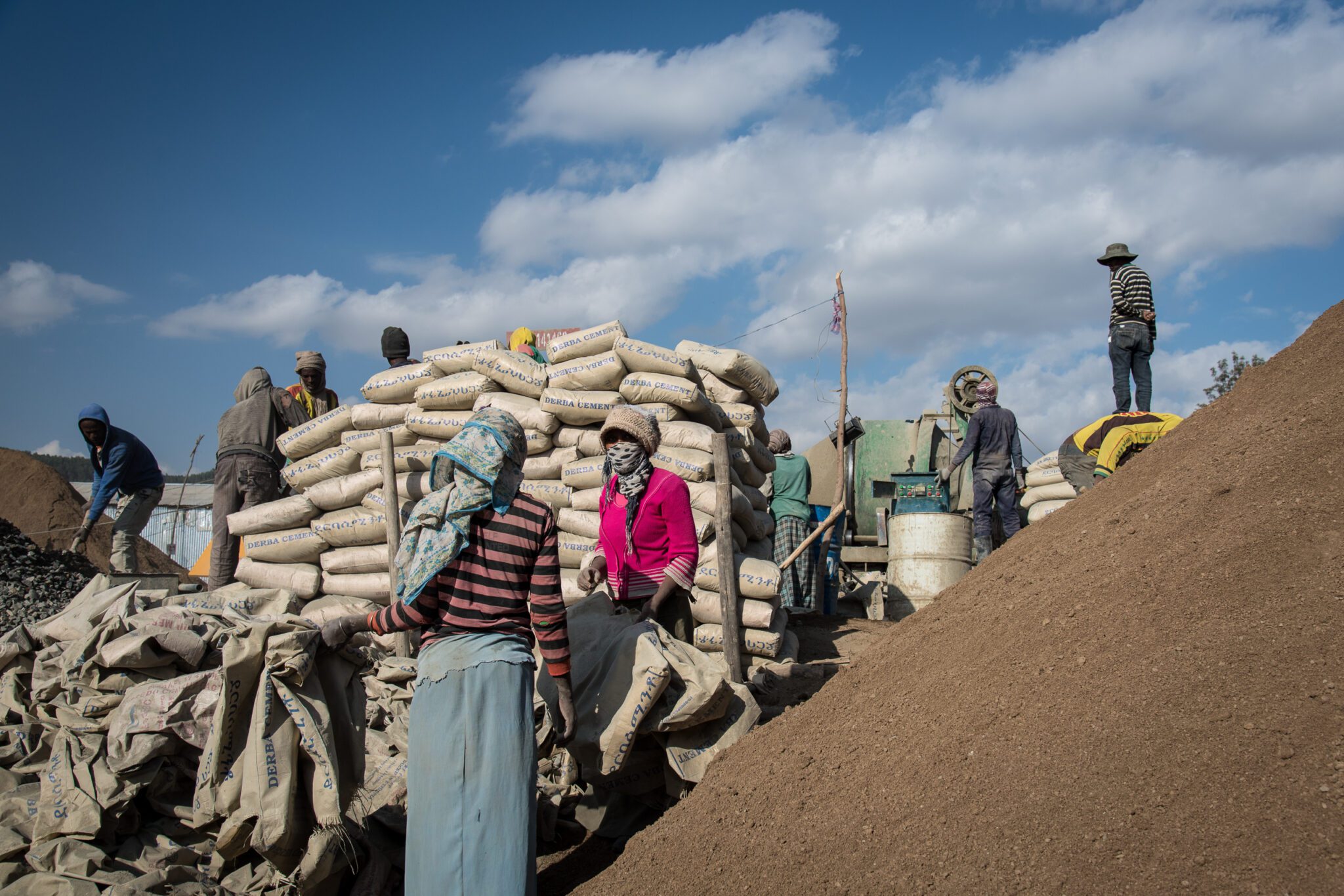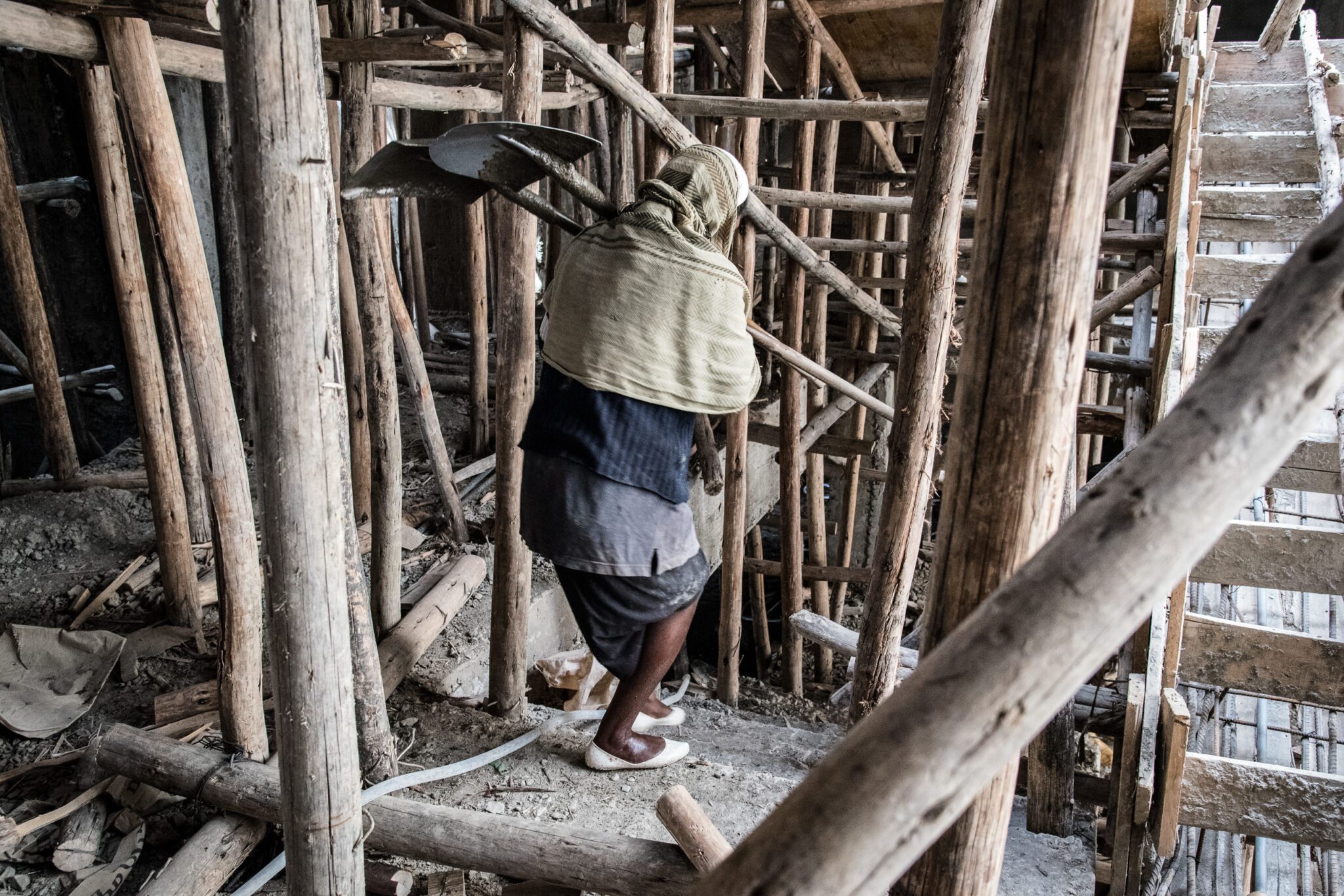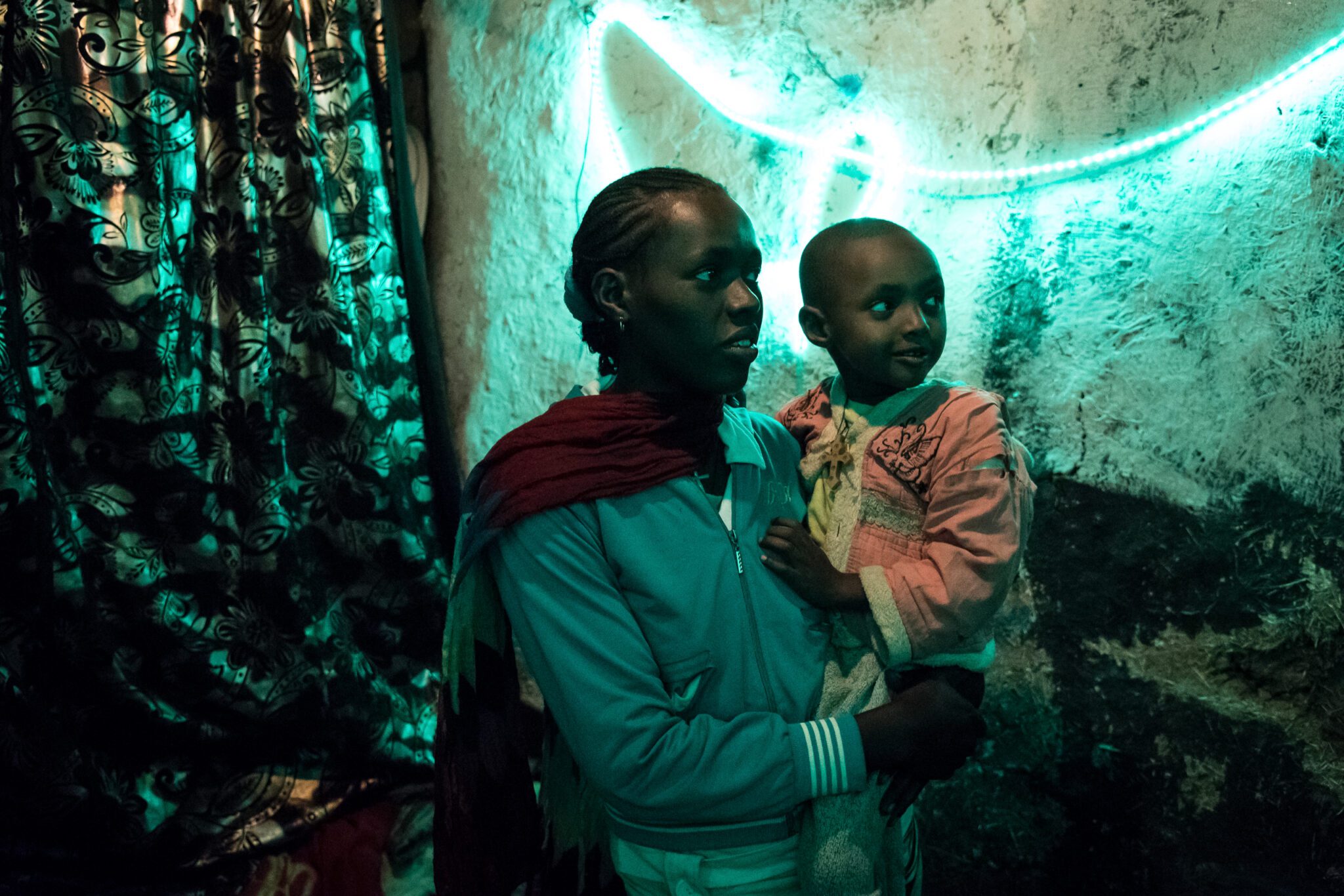Their hands are covered in dust, their faces are wrapped in scarves, and their feet are covered in muddy plastic dancers. Their movements are purposeful, and they only show signs of relenting when paused for a few minutes, during breaks. After that, they shake their wrists, open and close their fingers, and bend their backs forward and backward. After that, they return to work with their male colleagues.
There are many women masons in Addis Ababa, Ethiopia’s capital, in their 20s and 30s. Several people have recently moved to the city, while others have been here for some time. In the past, they worked in factories or as maids in private homes. Construction sites are not easy to work on, but they are better than other informal jobs, and unemployment, is a real danger in big cities. An average monthly salary of 66 euros includes Sundays.
Among the bricks, sacks of cement, and trowels, life begins at dawn: shifts begin as early as six a.m. Bricklayers live in sheet metal shacks and walk the stretches not covered by buses at three in the morning. They work eight to nine hours and take a half-hour lunch break. Some bring food from home, others spend half a dollar to eat injera and shirò, the typical Ethiopian dish made with water, teff flour (a protein cereal grown in the Ethiopian highlands that is becoming fashionable in the West) chickpeas and vegetables. They buy lunch in makeshift shacks near construction sites, where cooks cook from morning to night, often with the assistance of their children.
Addis Ababa is growing rapidly. Roads, buildings, and bridges are taking the place of shacks and camps, contributing to unprecedented development. Ethiopia has the fastest economic growth rate in the world, according to the World Bank.
The urban landscape is marked by road construction sites and buildings under construction, despite a weak base (Ethiopia has the third largest infrastructure deficit in Africa).
The pictures were taken in 2016, and were published in the Swiss magazine Azione.
